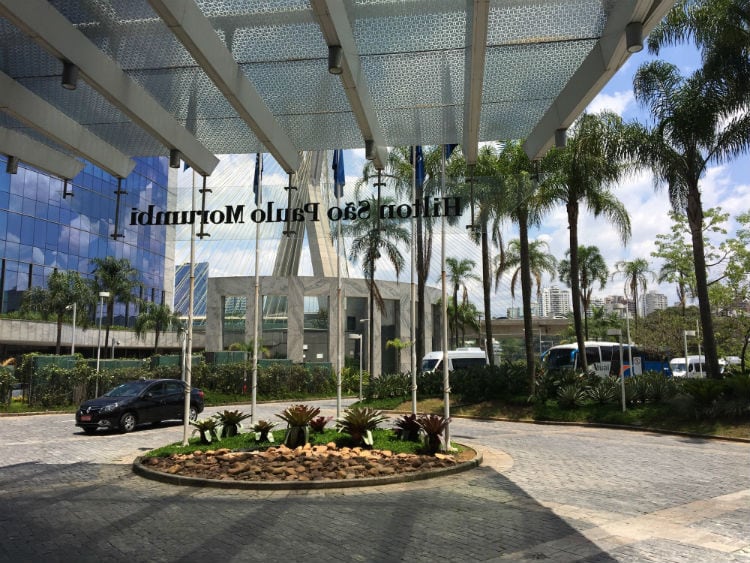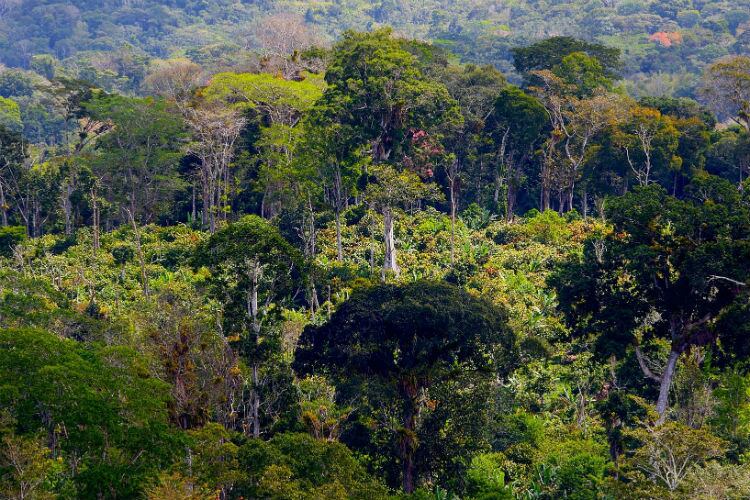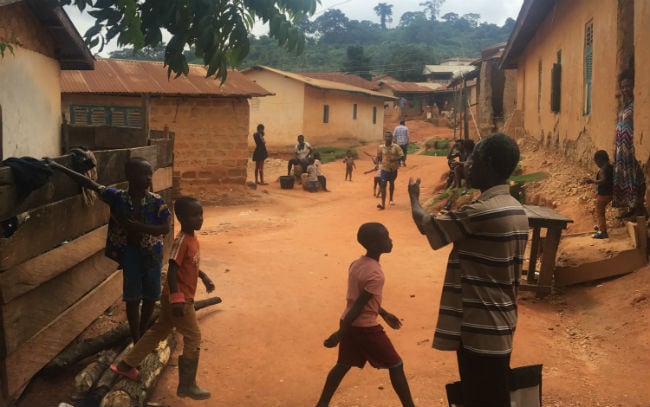In 2016 my predecessor Oliver Nieburg wrote an article predicting ‘cocoa’s future lies in Latin America’, from a report by researchers Hardman&Co.
The report, ‘Deconstruction by Chocolate’ (no longer available online, unfortunately), claimed that Latin America was best placed to meet the insatiable demand for cocoa in the next 10 years and estimated the region was set to receive $1bn in investment to meet that demand.
In 2016 the Cocoa ‘Global Production Balance’ was:
Africa - 74%
Americas - 17 %
Asia & Ocenia - 9%
Latest figures published in the ICCO quarterly bulletin (August 2018)
Africa - 76%
Americas - 17%
Asia and Oceania - 7%
(source: ICCO)
Why Latin America?
The article highlighted that the main cocoa growing countries in the Americas are far more efficient producing cocoa than West African countries who are ‘blighted’ by cumbersome land ownership issues and an ageing farmer population.
All that Latin Amercia cocoa lacks is scale, but where it lacks in yield, it excels in new hi-tech production methods and a relatively young and vibrant workforce.
“Large-scale plantations in the country [Ecuador] have adopted smart irrigation systems and are aiming for yields at or above two metric tons (MT) per hectare of dry beans - almost triple the yields currently achieved in Africa (0.4-0.5 MT),” says the Hardman report.
Back in 2016 we also predicted that Ecuador would become the ‘epicenter of the cocoa revolution’, as consumer demand for premium dark chocolate and new flavors increases.
As well as Ecuador, there is real excitement surrounding Colombia, now that the country is relatively stable after the government signed a final peace accord with the FARC in November 2016. And, as Tim McCoy VP for member & external relations at the WCF said recently: “We see in Brazil some interesting developments that might serve as models for other cocoa producing regions”.
As the World Cocoa Foundation gathers its partners for their two-day annual meeting in Sao Paulo this Wednesday (October 24) the focus remains on South America.
High on the agenda will be ‘the new frontiers of cocoa sustainability’, where the WCF will report and discuss the work going on in the field from the region's cocoa growing communities.
Also, watch out for an announcement on ‘CocoaActionBrazil’ as part of the WCF’s CocoaAction program, which is a voluntary strategy that ‘aligns the world’s leading cocoa and chocolate companies, origin governments, and key stakeholders on regional priority issues in cocoa sustainability’.
Cocoa and peace
Also on the agenda: Alan Batista from the World Resources Institute, will present findings on reforestation by Cocoa in Brazil; José Iturrios, from the Peru Cocoa Alliance, will talk about building a sustainable farming ecosystem in Peru; and Juana Botero, from CasaLuker will give a talk on ‘Cocoa and Peace in Colombia’.
There will also be wider discussions on sustainability, inclusion and children and youth in cocoa growing communities.
Building a future
The second day will focus on ‘Building The Future We want’ for cocoa and will hear from ‘Plant for the Planet’ young ambassadors, and a raft of green initiatives to make production more sustainable and efficient in the future.
The WCF will also keep the focus on West Africa during the two days in Sao Paulo with invitations to Joseph Boahen Aidoo from the Ghana Cocoa Board, and Brahima Yves Koné, Conseil du Café Cacao to talk about ‘new approaches to regional cooperation in West Africa’. The WCF’s Buddy Buruku will also present a talk on Ghana’s example of digitizing cocoa payments to improve livelihoods.
During their time in Brazil, partners will have the opportunity to explore Bahian cocoa up close, with a field trip planned to the Ilhéus region with site visits to research centers looking at the area’s unique Cabruca cocoa production model, with talks by local leaders on tackling quality and innovation.
In a blog for the WCF website Brazilian social entrepreneur Guilherme Leal, co-founder of WCF member Dengo, Brazilian chocolate company, writes about the region of Southern Bahia, and how cocoa can help preserve it.
“Dengo brings together small and medium-sized producers from Southern Bahia and end consumers. We are currently working with over 40 producers, from a mapped network of 120 potential cocoa growers. On one end of the production chain, we help train producers and pay an above-market-average price for their product to stimulate the production of high quality beans and ensure they have a good income. On the other, we invest in research and innovation in order to offer clients a complete experience that combines pleasure, health benefits, high quality Brazilian ingredients and a real connection with the product’s origins,” he writes.
He says that Dengo products are healthy, with no added chemicals and a low sugar content, and interestingly describes Dengo as a ‘LATTE company’, as it “possesses the five qualities that have increasingly become benchmarks for young, modern consumers when buying products: ‘Local, Authentic, Transparent, Traceable and Ethical’.
Other success stories to note from Latin America’s cocoa growing regions include the Dominican Republic transition to high quality cocoa production that started with persuading growers to introduce new varieties of cacao and then creating a control system that allows the company to trace the cocoa throughout every step of the supply chain. Read more on this in Daisy Polanco’s blog.
Don't forget Belize
And let’s not forget Belize. Nestled between the Caribbean Sea and Mexico and Guatemala, Belize is home to a growing cocoa industry based on fine flavor varieties carried from South America to Mexico over many centuries. Intrepid Ruth Moloney has setup a new company, Corridgeree Belize, with a mission is to make sure cocoa production in Belize will scale sustainably.
She writes in her blog that with excellent infrastructure including roads, two ports and a new fiber optic internet network, “all of the pieces are in place for the industry to expand in Belize as demand for fine flavor, traceable cocoa continues to grow”.
So, lots to discuss in Sao Paulo, a city that used to be more famous as a centre for coffee until the mid 20th century, now it finds itself in the middle of a ‘cocoa revolution’ in South America.




